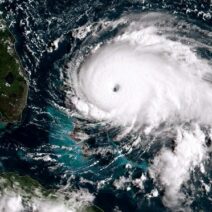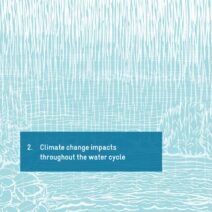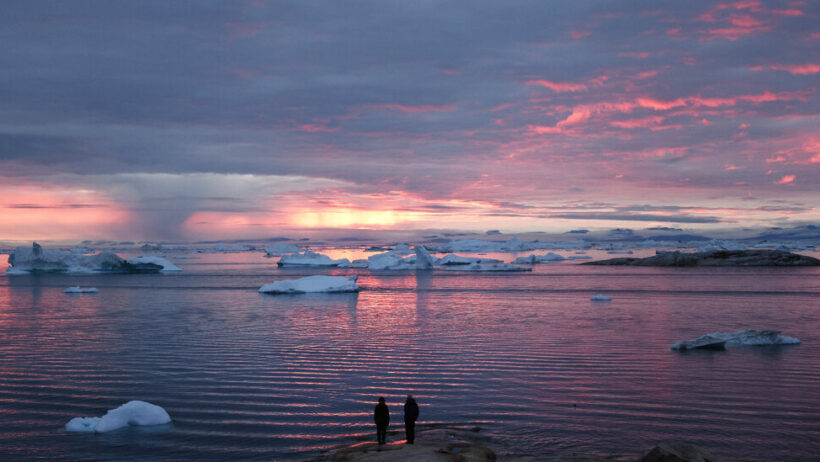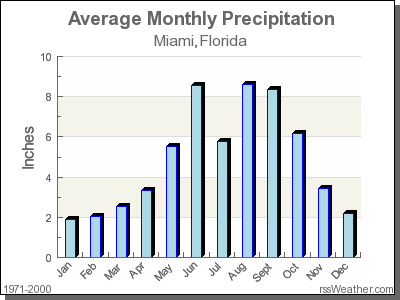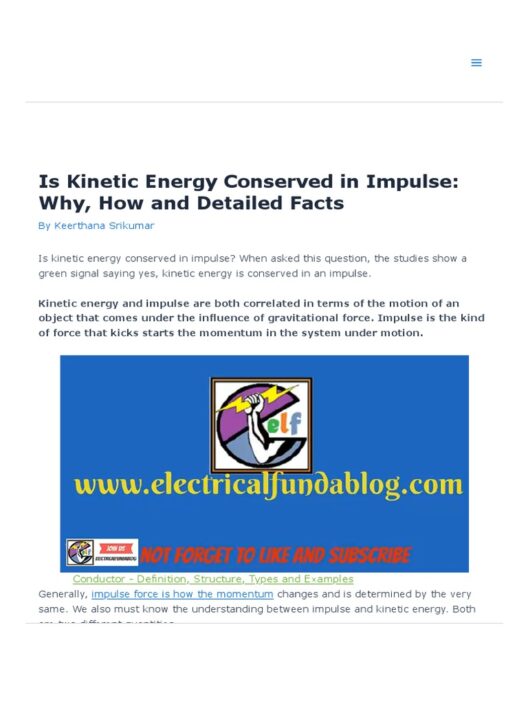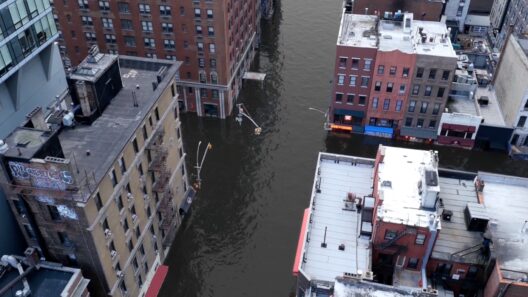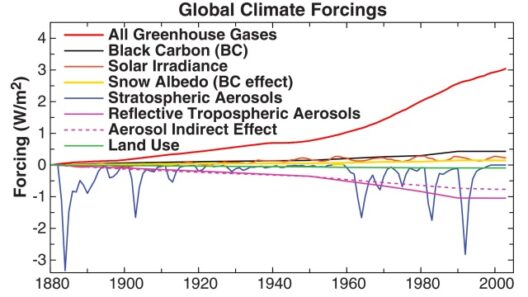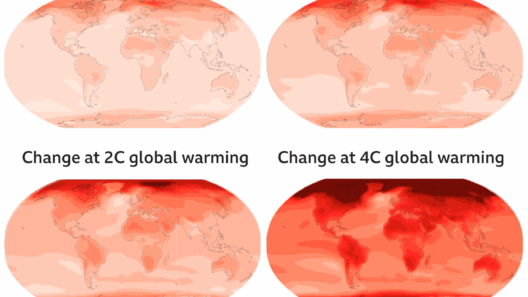Are we flirting with disaster as we stand on the precipice of a global warming tipping point? Climate science has repeatedly underscored the precarious balance of our ecosystems, and the evidence is mounting that we may soon reach a threshold that precipitates irrevocable changes to our planet’s climate system. This inquiry opens up a Pandora’s box of complexities that intertwine environmental science, socio-political dynamics, and human behaviors.
To comprehend the gravity of our situation, it’s crucial first to delineate what constitutes a tipping point in climate terms. A tipping point refers to a critical threshold beyond which a small change can lead to dramatic shifts in the state of our environment. Think of it as a dam; when water levels rise beyond a certain point, the structural integrity of the dam is compromised, leading to uncontrollable flooding. Similarly, our climate system has numerous such tipping points, including the melting of polar ice caps, the destabilization of the Amazon rainforest, and the thawing of permafrost in the Arctic.
The scientific community is increasingly concerned that we are nearing these thresholds. According to various models, if global temperatures rise more than 1.5 degrees Celsius above pre-industrial levels, we may initiate a cascade of negative feedback loops. These loops could exacerbate warming through mechanisms such as the release of methane—a potent greenhouse gas—from thawing permafrost and the dieback of forests, which are crucial carbon sinks.
Consider the polar ice caps; their melting doesn’t just contribute to rising sea levels. It also reduces Earth’s albedo—the reflectivity of the Earth’s surface—which accelerates warming. Once the tundra becomes a liquid expanse, more sunlight is absorbed, further amplifying temperature increases. Essentially, we could find ourselves embarking on a runaway climate scenario.
Add to this the changes in the oceanic currents that significantly influence global weather patterns. The Atlantic Meridional Overturning Circulation (AMOC), crucial for regulating temperatures across the Northern Hemisphere, is showing signs of potential collapse. Should this occur, we could witness dramatic shifts in weather patterns, such as unprecedented cold spells in Europe or an intensification of monsoon seasons in Asia, resulting in catastrophic consequences for agriculture and human settlements.
Now let us turn our gaze toward the Amazon rainforest, often dubbed the “lungs of the Earth.” This vibrant ecosystem is already experiencing shifts due to deforestation and climate changes. These alterations could push the Amazon past a tipping point, transforming it into a savanna-like environment. This transition would not only contribute additional carbon to the atmosphere but could also lead to the loss of countless species, further diminishing biodiversity.
The ramifications of crossing such tipping points extend far beyond environmental degradation. The socio-economic fabric of human society, built on agriculture, fisheries, and natural resources, is intricately woven with the Earth’s climate. If climate chaos reigns, we can anticipate food scarcity, heightened conflicts over dwindling resources, and waves of climate refugees seeking salvation from the havoc. The challenge here isn’t merely scientific; it’s a moral one. How should we reposition our policies and practices to create a sustainable future?
Moreover, public sentiment plays a critical role in this equation. Despite widespread acknowledgment of climate change, there exists a paradox wherein individual lifestyle changes often fall short of the systemic shifts required for substantive impact. The playful question arises: if everyone agrees that the ship is sinking, why do so many remain seated in the dining room? Mobilizing collective action against climate change is not just necessary; it is imperative. Whether through grassroots movements, civil disobedience, or leveraging technology for innovation, the urgency for action is palpable.
Advocating for policies that reduce our carbon footprint offers a multifaceted approach. Transitioning from fossil fuels to renewable energy sources like solar, wind, and hydro is a technical necessity. Enhancing energy efficiency in our buildings and industries is another low-hanging fruit ripe for the picking. Such strategies not only mitigate emissions but also create job opportunities, thus reshaping economic landscapes.
Next, we must consider the role of reforestation and sustainable agriculture. Regenerative practices can restore depleted land while also sequestering carbon. By innovating within these sectors, we can create resilient ecosystems capable of thriving under changing climatic conditions. Yet, this presents another challenge—harmonizing the interests of various stakeholders, from local farmers to multinational corporations, requires diplomacy and mutual understanding.
In conclusion, as we stand at this crucial juncture, the question remains: are we willing to confront these challenges head-on, or will we allow inertia to dictate the course of our future? Our trajectory is not predestined; rather, it is something we can actively shape through informed action and engagement. Whether or not we reach the tipping point is not merely a matter of scientific prediction but a collective choice that hinges on our will to act sustainably and justly.
As we navigate through these tumults and triumphs, consider your role in this global landscape. Each action, however small, reverberates across the interconnected web of life. The stakes are high, and the time for transformative action is now—a call to arms for all stewards of our planet.
